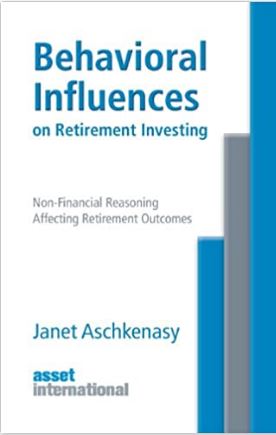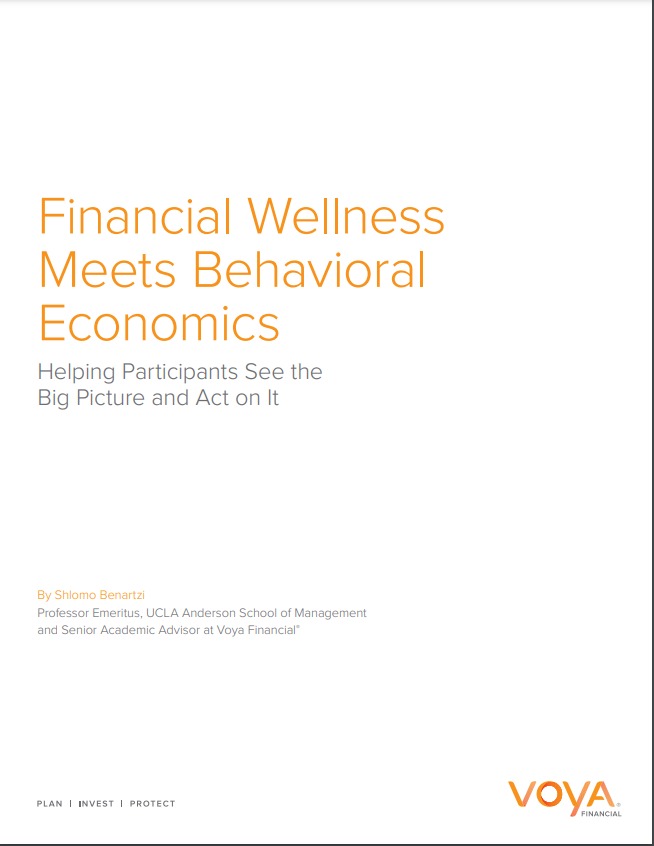Too much choice counterproductive in retirement systems, new report finds
Giving pension savers the freedom to choose their own investments is beneficial, but including too much choice in a national pension system is counterproductive, according to a new report assessing different retirement frameworks. In the white paper produced by US financial services firm Morningstar – An Evaluation of Retirement Systems Around the World – analysts reach a number of conclusions, saying some countries are better than others at limiting choice; that auto-enrolment programmes are effective and that efforts to engage...









